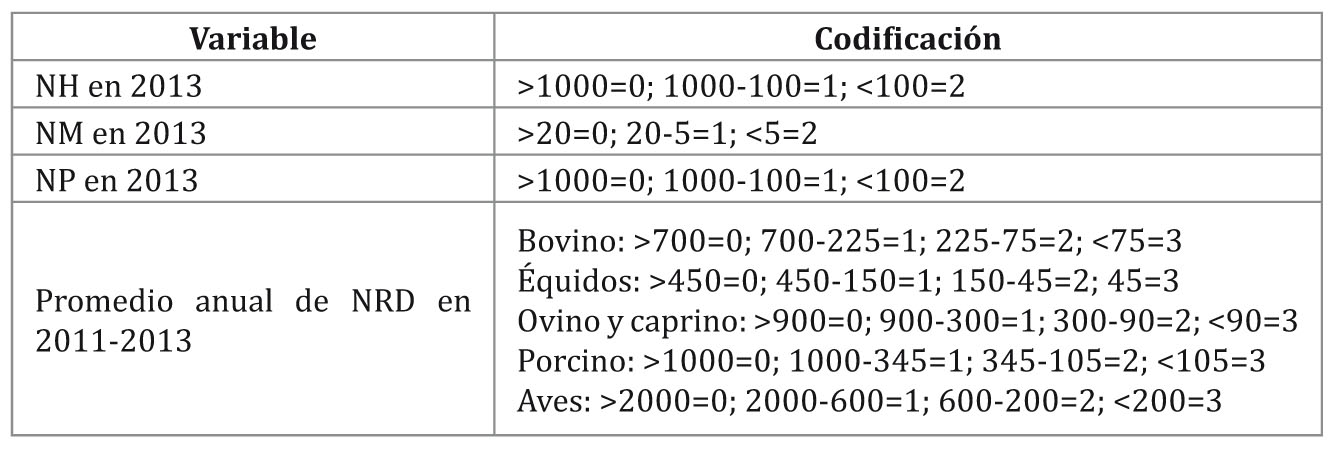Scientific knowledge and conservation policies: interrelationships in the Spanish livestock autochthonous endangered breeds
Keywords:
bibliometric analysis, local breeds, animal genetic resourcesAbstract
The aim of this study was to analyse the progress and current status of endangered autochthonous Spanish breeds exploring relationships between the main factors that determine the degree of endangered and the scientific and technical production related to the breed. The status of each breed was determined from official data published by Ministry of Agriculture during 2009-2013. The scientific and disclosure production related to each breed was collected from Web of Science and Google for 1950-2012. Each breed was classified according to its risk of extinction, based on demographic criteria and the annual growth rate of the population during 2009-2013. Results showed the risk of extinction was high in approximately the half of breeds, intermediate in 12.4% and very high in 36.1%. The highest levels of extinction risk corresponded to breed with recent official recognition and spread in small areas, with reduced population and herds of small size. Scientific literature on genetics has been significantly higher in breeds at greatest risk of extinction, while productive issues and products have been significantly studied most intensively in breeds with less risk of extinction. The disclosure literature on zootechnical issues and production systems has been significantly higher in breeds at lower risk of extinction. Therefore, it is recommended conservation policies focus, in a first stage, on genetic aspects and breed features, and secondly on productive issues and production systems.

Downloads
Published
Issue
Section
License
Aquellos autores/as que tengan publicaciones con esta revista, aceptan las Políticas Editoriales.


